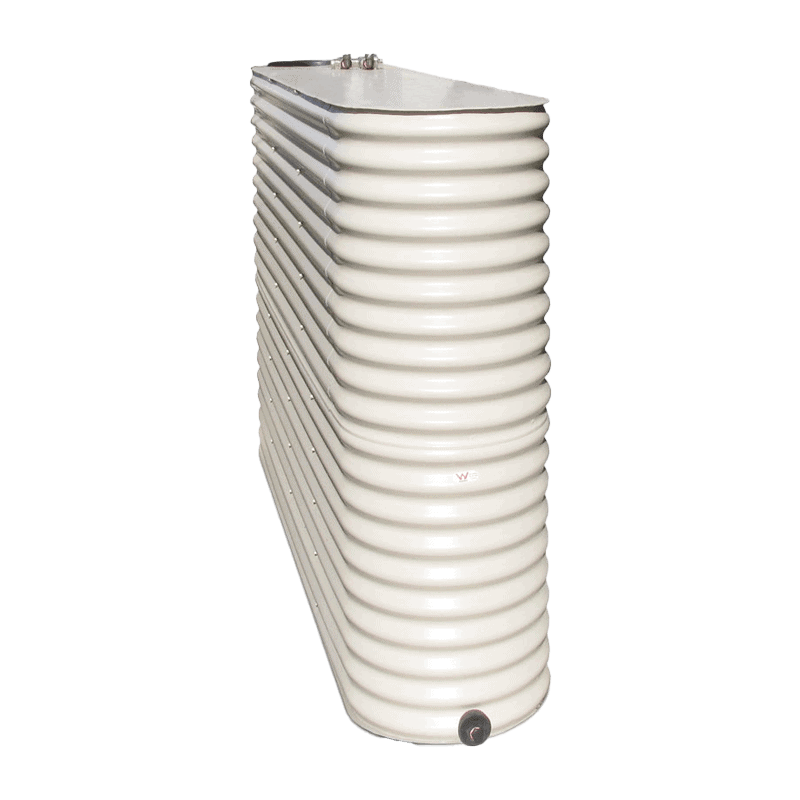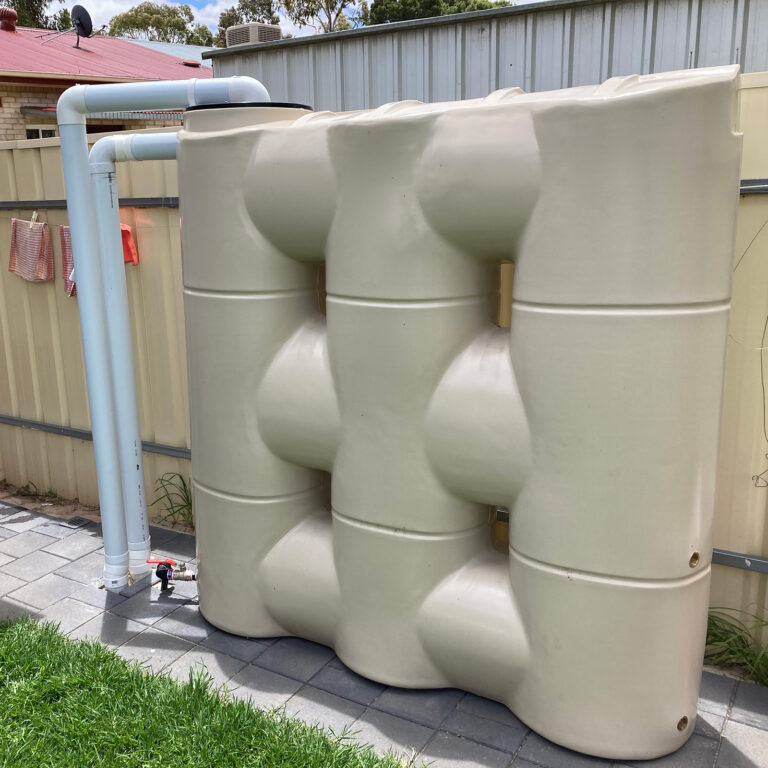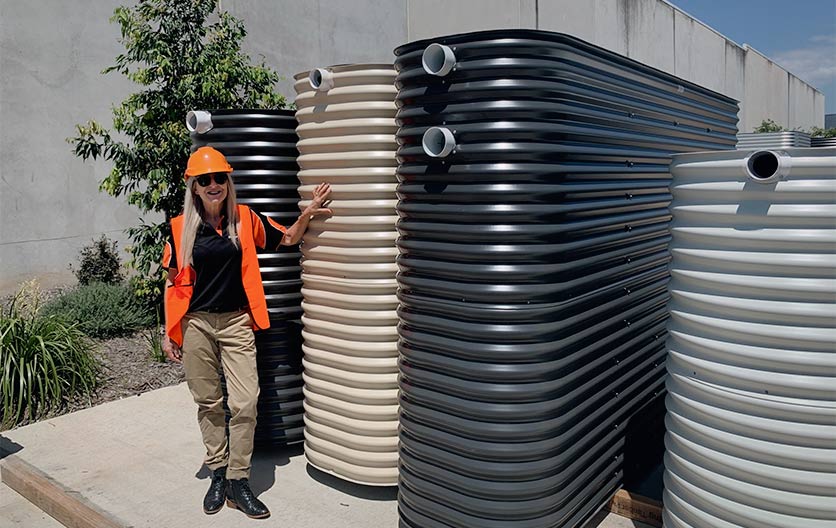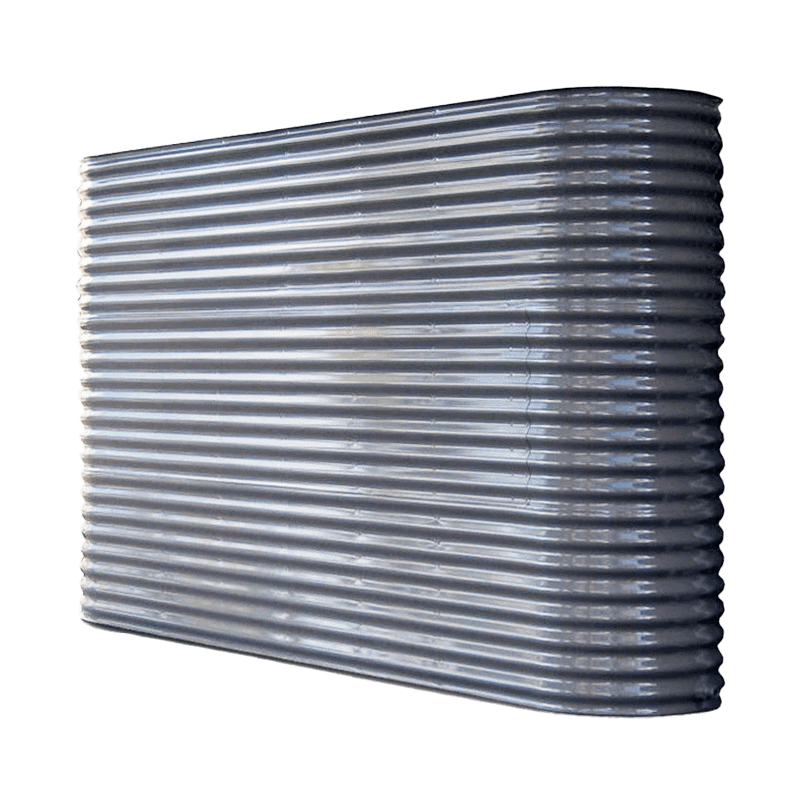Slimline Water Tanks: Stylish and Practical for Modern Houses
Slimline Water Tanks: Stylish and Practical for Modern Houses
Blog Article
Recognizing the Significance of Rainwater Storage Tanks in Drought-Prone Regions for Water Safety And Security
In areas prone to extended dry spells, the function of rainwater storage tanks in strengthening water safety and security is a topic of expanding importance. As neighborhoods face the difficulties of water shortage, comprehending the value of these tanks surpasses mere collection of rain. Rain storage tanks act as an important device in minimizing the impact of water scarcities by offering a sustainable resource of water for various requirements. Nonetheless, real worth of rainwater containers expands much past plain storage; it includes resilience-building procedures and the promotion of long-lasting water conservation methods. This multifaceted method to water security warrants a closer evaluation of the function rainwater containers play in making sure a reputable water supply throughout times of drought.
Benefits of Rain Storage Tanks
Utilizing rain tanks provides a lasting option for increasing water supply and boosting water security in property and industrial setups. One of the primary advantages of rain containers is their capacity to decrease reliance on mains water supply.

Rainwater Harvesting Techniques
Rain gathering strategies include a variety of methods made to effectively gather and keep rainwater for different functions, adding to water preservation and sustainability. One usual technique is the installment of roof catchment systems, where rainwater is collected from the roofing of a building and routed to a tank. This technique is fairly simple and cost-efficient. Another popular strategy is using above-ground or below ground tank to store rain for later usage. These containers can be found in various sizes and materials to fit different requirements and can be linked to the existing plumbing system for very easy gain access to.

Additionally, rainfall gardens and permeable sidewalks are innovative methods that include landscape design or paving surface areas in such a way that permits rainwater to percolate right into the ground, renewing groundwater books. In addition, contour farming and terracing are agricultural methods that help catch rainwater and stop dirt disintegration in hilly terrain. By implementing these diverse rainwater harvesting techniques, areas can boost water safety and security and strength in drought-prone areas while promoting lasting water monitoring practices.
Relevance of Water Safety And Security
Ensuring reliable access to clean and enough water resources is paramount for sustaining human wellness, financial advancement, and ecological well-being. Water security is an essential element of social durability, particularly in regions vulnerable to dry spells and water scarcity. Appropriate water security incorporates different dimensions, including schedule, high quality, and access of water for domestic, farming, commercial, and environmental requirements.
Water security plays a critical function in advertising public health by lowering the frequency of waterborne diseases and guaranteeing sanitation centers. Financially, water safety and security is necessary for agricultural productivity, industrial operations, and general financial development. Slimline water tanks. Water safety is closely linked to environmental sustainability, as it supports ecosystems, biodiversity, and total ecological equilibrium.
In drought-prone areas, water safety and security ends up being much more crucial as a result of the increased risk of water lacks. Implementing approaches like rain harvesting, water recycling, and effective water monitoring practices can substantially boost water security in these areas. By focusing on water security, neighborhoods can much better stand up to the influences of environment adjustment, populace development, and other difficulties that intimidate water schedule.
Enhancing Water Strength
With enhancing global water challenges, developing durability in water systems has actually come to be an important emphasis for sustainable development efforts. Enhancing water strength includes applying approaches to make certain water availability and top quality despite transforming ecological conditions, such as dry spells, floods, and air pollution.
One key element of enhancing water durability is advertising the usage of rainwater containers in drought-prone areas - Slimline water tanks. Rain tanks serve as an effective means of capturing and storing rain for later usage, reducing reliance on limited freshwater resources during completely dry periods. By integrating rainwater harvesting systems into water management strategies, areas can boost their capacity to stand up to water deficiency and maintain water protection

Sustainable Water Preservation
Among intensifying water challenges, the prudent monitoring of water resources through sustainable preservation practices is this contact form crucial for ensuring long-lasting environmental security and social well-being. Sustainable water preservation entails the efficient use of water sources to satisfy present requirements without endangering the ability of future generations to satisfy their very own needs. By applying strategies such as rainwater harvesting, greywater recycling, and water-efficient modern technologies, neighborhoods can minimize water wastefulness and alleviate stress on freshwater sources.
Furthermore, lasting water preservation practices contribute to ecosystem health by preserving adequate water levels in rivers, lakes, and marshes, supporting biodiversity, and protecting natural environments. These techniques likewise read this play an important function in mitigating the influences of climate adjustment by assisting to adapt to transforming precipitation patterns and water accessibility.

Verdict
To conclude, rainwater storage tanks play an essential role in improving water security and durability in drought-prone regions. By using rainwater harvesting techniques, communities can minimize their dependence on traditional water sources and advertise sustainable water conservation practices. This not just helps minimize the influences of water deficiency during dry spells yet likewise contributes to long-term water protection and strength despite linked here climate modification challenges.
Report this page